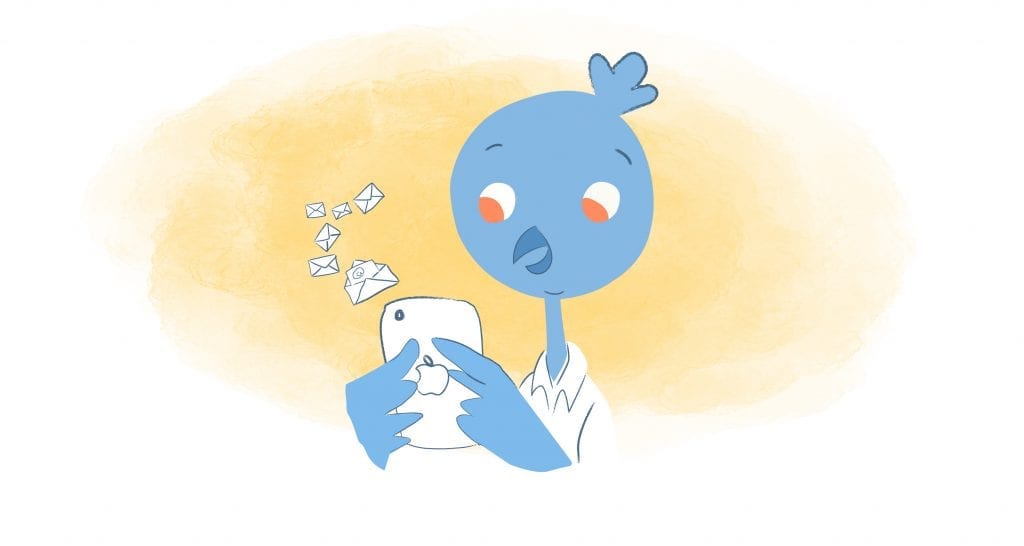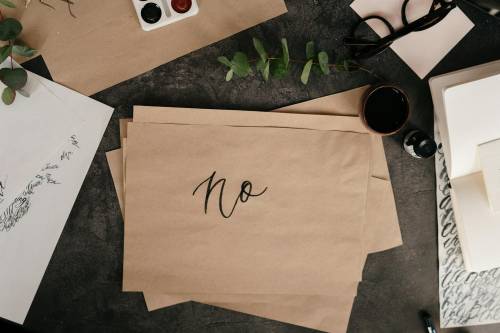For being such a tech-savvy generation, it may come as a surprise that Millennials dig paper calendars. In fact, from 2014-15 to 2015-16 the sales of appointment books and planners grew 10 percent to $342.7 million. Additionally, decorative and other calendars increased by 8 percent to $65 million during that same period.
Paper calendars.
Once you set aside your disbelief, it’s not actually that far fetched. Paper calendars can be customized to fit the style of the owner, they combine aesthetics with utility, and they don’t come with all the bells and whistles like notifications, beeps, alerts and messages.
Having to open another tab, fire up another piece of software, or launch another app to access my calendar amounts to one more onscreen thing vying for my attention,” wrote Bertel King Jr. in a blog post for Make Use Of. “Suddenly a paper planner starts to make sense.”
Traditions.
Furthermore, jotting down appointments and to-dos with pen and paper is a long-held tradition in Asia — along with previous generations.
“My grandfather used to carry a small pocket diary, and when he died, we found decades of them in his drawer,” Fast Company copy editor and writer Michelle Lewis told her colleague Michael Grothaus. “I’ve adopted his method of recording appointments and events. I indulge in a Smythson Panama diary every year. It’s light, compact, and beautifully crafted.”
For Millennials, using a paper calendar gives them “a bit of old-fashioned control on their terms,” while giving them a break from technology. And, it’s extremely satisfying to cross off items off your to-do-lists.
While it’s tough to argue against those benefits, Millennials shouldn’t completely ditch digital calendars because of the following reasons:
Portability.
Sure. There are paper calendars that are small enough to fit into a purse. But, that’s not only one more item to have to carry around all day, they’re often not large enough to write down specific details to appointments.
You can include when an event will start and finish — and where the event is located. You add contacts to the event, and create custom notes like “remember umbrella.” Even with a large paper calendar, you probably couldn’t add this information — not even a full page. This can become problematic if you have multiple events and appointments in one day.
Since Calendar is an app, all of this information is readily available through your phone. And, since 86 percent of Millennials own a smartphone anyway, this means there’s one less thing to lug around or forget.
What’s more, Calendar isn’t your run of the mill online calendar. It’s a smart calendar that uses natural language to create appointments and events. No matter what the occasion is — you can add notes to each section. You can also use the app’s smart scheduling link to eliminate those back and forth emails since it suggests the best time and location.
Calendar can also be used to create automatic invitations. There’s also an innovative map view so that it’s easy prepare for your day while on the go. And, you can also use the app to receive reminders, create to-do-lists, and manage meetings so that they’re more productive.
All of that in one convenient location — no being swamped switching between different screens and applications.
Adaptability.
What happens when an event gets moved or cancelled? Do you have recurring weekly meetings?
You’re going to have to manually note those changes and recurring events in your calendar. It’s not just time-consuming, it’s also messy. With a paper calendar, you have all the scratching out, rewriting, and white-out’s.
Tools like Calendar allow you to not only create recurring events, it also uses real-time data to shift your schedule for you. Whenever there’s a change — Calendar has you covered. It can even determine which activities are most important based on your history.
The Cloud.
Here’s the problem with anything that isn’t stored on the cloud — it can easily be damaged of lost.
You spill coffee on your calendar when scheduling your day in the morning — you leave it on the subway when commuting to work — yes, a problem. Then, there’s the eventual wear and tear of the calendar since you’re writing on it and carrying it with you everywhere everyday.
So, what happens then? Hopefully you’ve also been using an online calendar, but if not you have to start from scratch using notes, emails, and your memory.
That’s not the case with Calendar. Since it’s a cloud-based tool, you can securely access and manage your calendar, schedule, notes, and to-do-lists from any device from anywhere in the world.
And, if that’s not enough, Calendar is free and reduces your paper consumption. In other words, you’re saving money and the environment.
Calendar syncing and integration.
A synced calendar is perfect for the workplace, families, and relationships. This is because it allow everyone to remain in sync, organized, and up to date on what exactly is going-on in real-time.
For example, you can send colleagues a meeting reminder an hour in advance with client notes. In your personal life, your entire family could receive birthday reminders two-weeks in advance or create to-do-lists for each member of your house.
Linking and meetings.
Calendar also integrates with popular calendars like Google, Outlook, Office 365 or iCloud. As well Calendar will integrates and mesh with tools like Salesforce, Zapier, or GoToMeeting. In this way your daily tasks can be streamlined and automated.
Oh yeah, Calendar is a tool that also integrates with ride-sharing apps like Lyft. Just sync your calendar and you don’t have to input your location. It also uses machine learning so that you’ll receive suggested locations for upcoming appointments based-on your frequent destinations.
Customization.
If there’s been one major advantage of paper-based calendars, it’s that they can be personalized. They come in a variety of colors and styles so that you can show-off your personality.
That probably won’t ever change — but what is changing is that online calendars are beginning to allow customization.
These calendar tool are now allowing users to customize their calendars by creating custom event times, events, notifications, integrations, and even branding. Some are even allow you to decorate your calendar to your own personality.
Conclusion.
While using a tool like Calendar has some serious perks, it’s not the end-of-the-world if you prefer using an old-school paper calendar. It ultimately depends on which calendar works best for you when it comes to organizing and improving your life. My suggestion would be to use an app like Calendar as your primary planner — while some enjoy using a paper calendar for to-do lists and doodling.
I should also add that as a smart calendar, we’re beginning to use artificial intelligence and big data in order convert your calendar into a full fledged assistant or business consultant. By joining the revolution, you’ll be able get the most out of your valuable time.











Nina Gass
Nina Gass is a content writer with a diverse background who understands the struggles of small business owners, freelancers, and company founders. Her content delivers insightful and actionable advice to improve time management, productivity, and sanity despite wearing numerous hats and juggling multiple responsibilities in work and life.